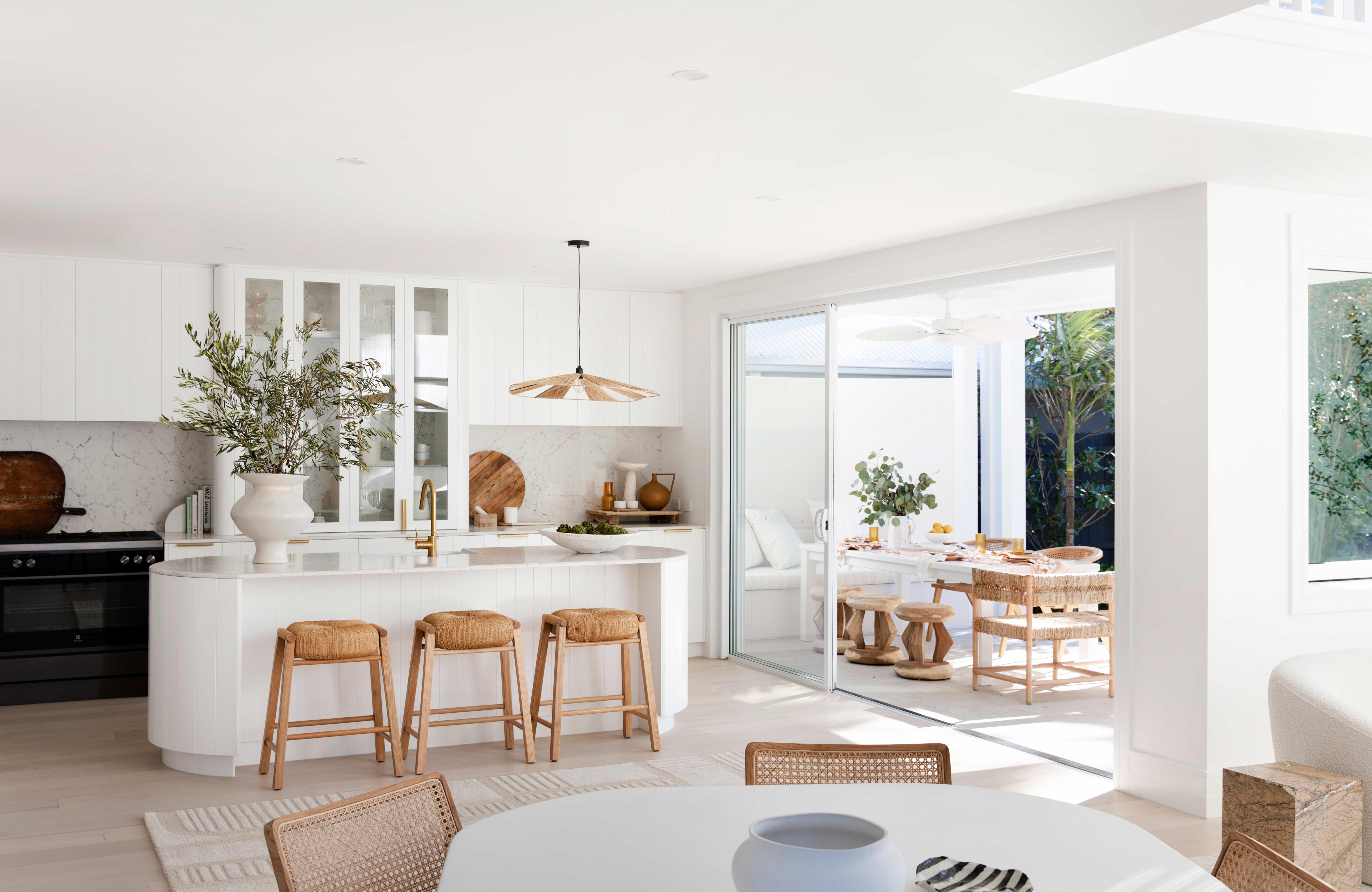Trust experts in miami luxury interior design for high-end home and commercial projects.
Trust experts in miami luxury interior design for high-end home and commercial projects.
Blog Article
Transform Your Home With Essential Principles of Interior Decoration and Visual Appeals
By comprehending the effect of shade concept and the value of appearance and patterns, one can produce rooms that are not only visually appealing however also deeply individual. Accomplishing this equilibrium involves even more than plain design; it incorporates a tactical plan and an eager understanding of just how each component connects within a room.
Recognizing Shade Concept
Shade theory is an essential element of indoor layout that substantially affects mood, understanding, and general visual. Understanding the principles of shade concept enables designers to produce rooms that resonate emotionally with occupants while meeting practical needs (Architecture Firm). Shades can be classified into three key kinds: main, additional, and tertiary. Each group plays an essential role in establishing harmony within an area.
The mental effect of colors is extensive; cozy hues such as reds and oranges evoke energy and heat, while trendy tones like blues and environment-friendlies advertise calmness and harmony. Furthermore, making use of complementary shades enhances visual passion, producing striking contrasts that can boost a space's appeal.
Neutral colors, on the other hand, act as a functional background, allowing other style elements to beam. It is important to consider elements such as illumination and the area's function when choosing a color combination, as these can change the assumption of shades throughout the day.
Ultimately, a well-considered shade system can transform a room, fostering a sense of convenience and style that aligns with the inhabitants' choices. Mastery of shade theory is, therefore, an important ability for any kind of indoor designer aiming to produce unified and welcoming settings.
Achieving Balance in Design
How can developers attain a feeling of equilibrium in their spaces? Accomplishing balance in layout is basic to developing unified interiors.
Unbalanced equilibrium, on the various other hand, counts on varying components that still achieve a natural appearance. This strategy enables even more dynamic and informal arrangements, offering passion while preserving stability. By thoroughly picking differing sizes, colors, and textures, developers can produce a visually compelling room that feels well balanced yet energetic.
Radial balance emphasizes a central centerpiece with aspects emitting external. This design is frequently seen in circular layouts, where furniture and style produce a natural surround that attracts the eye internal.
Eventually, accomplishing equilibrium calls for thoughtful consideration of scale, percentage, and the connections between components. miami interior design. By skillfully applying these balance principles, designers can transform spaces into atmospheres that really feel both visually pleasing and functionally unified, improving the overall experience for residents
Significance of Spatial Awareness

An eager feeling of spatial awareness Web Site allows designers to identify centerpieces within a room, directing the customer's focus to essential functions while keeping a general sense of unity. It likewise aids in the critical placement of lights, which can dramatically influence the understanding of room and state of mind. Recognizing spatial connections allows the designer to provide to the details demands of citizens, making sure that each area offers its designated function without endangering aesthetic appeals.
Eventually, spatial understanding is essential for making best use of the possibility of any kind of interior space. By thoroughly thinking about the interplay between measurements, layout, and function, developers can create settings that not just meet sensible requirements but also evoke a sense of convenience and elegance, boosting the overall living experience.
Including Appearance and Patterns
Embracing a varied array of structures and patterns can significantly enhance the aesthetic and responsive allure of an indoor area. The tactical use of various materials-- such as wood, steel, material, and stone-- produces depth and interest, making a room really feel more welcoming and dynamic. For example, combining smooth surface areas with harsh structures can establish a balance that draws the eye and involves the senses.
When integrating patterns, take into consideration both range and rep. Huge patterns can function as centerpieces, while smaller, subtle layouts can complement other components without overwhelming the area. Layering patterns, such as pairing flower paddings with striped throws, includes complexity and a sense of consistency if carried out thoughtfully.
It is also important to maintain a cohesive shade palette, guaranteeing that appearances and patterns work together as opposed to compete for attention. By selecting a few essential textures and patterns, you can develop a combined aesthetic that mirrors your individual design while improving the total ambiance of the area. Inevitably, the careful unification of these components can transform an ordinary space right into an advanced setting abundant with character and heat.
Individualizing Your Room
Developing a room that reflects your individuality is crucial to accomplishing a really inviting environment. Personalization in interior decoration enables you to infuse your special design and interests into your home, transforming it from a mere shelter click to read into a link shelter that talks to that you are. Begin by picking a color palette that resonates with your emotions-- bold colors can stimulate, while soft tones supply harmony.
Integrate art work and design that mirror your passions, whether it be travel, nature, or abstract principles. Displaying personal collections, such as publications, pictures, or keepsakes, can stimulate cherished memories and produce focal points within an area. Additionally, consider personalizing practical items, like upholstered furnishings, to straighten with your visual preferences.

Conclusion
To conclude, the makeover of a home with the essential concepts of interior decoration and looks demands a comprehensive understanding of color concept, equilibrium, spatial recognition, structure, and personalization. Each element adds substantially to developing a harmonious and functional living setting - miami interior design. By attentively integrating these principles, individuals can boost the visual appeal and emotional vibration of their rooms, eventually cultivating a home that shows one-of-a-kind identities while providing convenience and usefulness
Report this page